BLOG
The Impact of Water Infiltration on Your Commercial Property:A Comprehensive Analysis
As a commercial property owner or manager, the structural integrity of your building is crucial to the success of your business. One common issue that can plague commercial and industrial properties is water infiltration, which can lead to a host of problems such as wet roof insulation, mold growth, and costly repairs. In this comprehensive analysis, we will delve into the impact of water infiltration on your commercial property and how services like RAM Infrared Scanning Services can help identify and address these issues before they escalate. RAM Infrared Services can provide you with the knowledge and tools necessary to protect your investment and ensure the longevity of your commercial property.
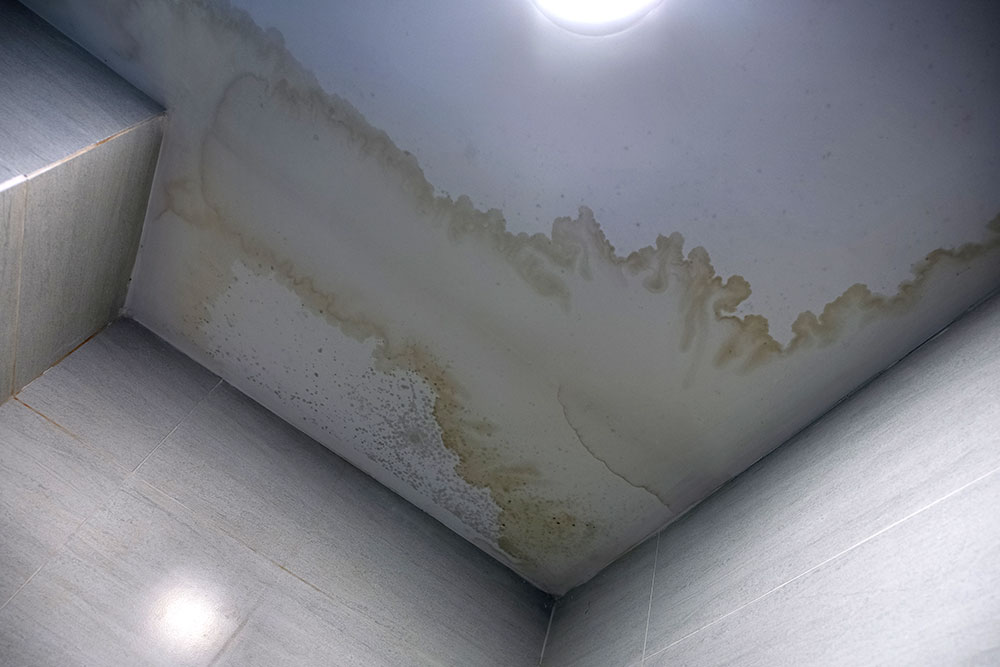
Understanding Roof Water Infiltration
Roof water infiltration refers to the unwanted entry of water into the building through the roof system. This can occur due to factors such as damaged shingles, clogged gutters, aging roof membranes, or poor installation. The consequences of roof water infiltration can be severe, ranging from structural damage and compromised insulation to health hazards from mold and mildew growth.
Identifying early signs of roof water infiltration is crucial for preventing further damage and minimizing repair costs. In the following sections, we will explore common causes of roof water infiltration, its impact on different types of roof systems, and effective strategies for mitigation and prevention.
The Negative Effects of Roof Water Infiltration on Commercial Properties
Roof water infiltration can wreak havoc on commercial properties, leading to costly structural repairs, potential health risks for occupants, and disruptions to daily operations. From undermining the integrity of your building’s structure to damaging equipment and inventory, the implications are far-reaching.
Additionally, the presence of mold and mildew resulting from water infiltration can create a hostile indoor environment. To protect your commercial property and its occupants, prompt detection and proactive maintenance are imperative. In the upcoming sections, we will delve into specific examples of the detrimental impacts of roof water infiltration on different types of commercial properties, offering insights on safeguarding your investment.
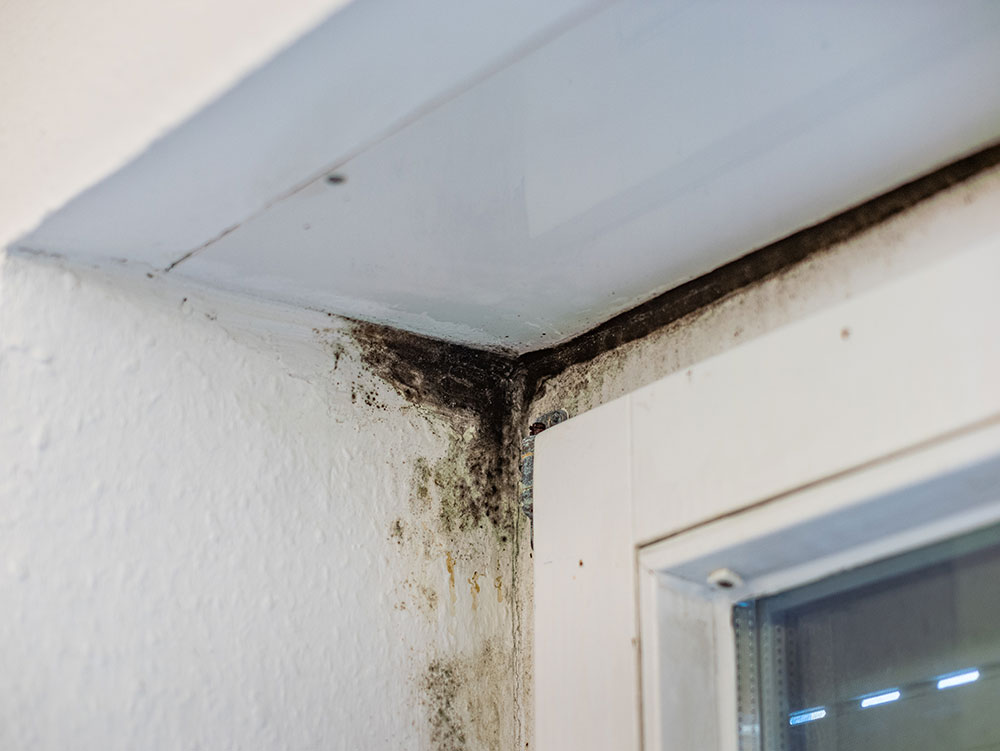
Preventative Measures to Mitigate Roof Water Infiltration
Investing in routine roof inspections and maintenance can significantly reduce the likelihood of water infiltration into your commercial property. Ensure proper installation of flashing, sealants, and gutter systems to redirect water away from the building’s foundation.
Implement a regular inspection schedule to identify and address potential vulnerabilities before they escalate into costly issues. Consider installing a drainage system or waterproof membrane to enhance protection against water intrusion. Educate employees on promptly reporting any signs of water damage to facilitate swift intervention. By proactively addressing potential weak points and implementing preventative measures, you can safeguard your commercial property from the damaging effects of roof water infiltration.
The Importance of Regular Roof Inspections and Maintenance
Regular roof inspections and maintenance are crucial components in protecting your commercial property from the detrimental effects of roof water infiltration. Professional roof inspections can identify early signs of damage or weak points that may lead to water infiltration. By addressing these issues promptly through routine maintenance, you can prevent costly repairs or extensive water damage in the long run.
Moreover, regular inspections help ensure that your roofing system and drainage systems remain in optimal condition, effectively diverting water away from your building. Stay ahead of potential issues by scheduling routine roof inspections and adhering to a proactive maintenance plan for your commercial property’s roof.
Water Intrusion Effects on Window Seals and Walls
Water intrusion into commercial or industrial properties can have detrimental effects on window seals and walls as well. Window seals, which are designed to keep water out, can become compromised over time due to prolonged exposure to moisture. This can lead to leaks, drafts, and eventually, water damage inside the property.
When water seeps in through window seals, it can also affect the walls surrounding the windows. Moisture can accumulate in the walls, leading to mold growth, rotting of wooden structures, and deterioration of insulation materials. This can not only compromise the structural integrity of the building but also pose health risks to its occupants.
Additionally, water intrusion can contribute to the degradation of the building’s facade and overall aesthetics. Stains, discoloration, and peeling paint are common signs of water damage on walls, which can significantly affect the property’s curb appeal and value.
To prevent water intrusion and the subsequent damage to window seals and walls, regular maintenance and inspections are essential. Properly sealing windows, repairing any damaged seals, and ensuring proper drainage systems are in place can help mitigate the risks associated with water infiltration. Investing in quality materials and professional waterproofing services can also go a long way in protecting commercial and industrial properties from the damaging effects of water intrusion.
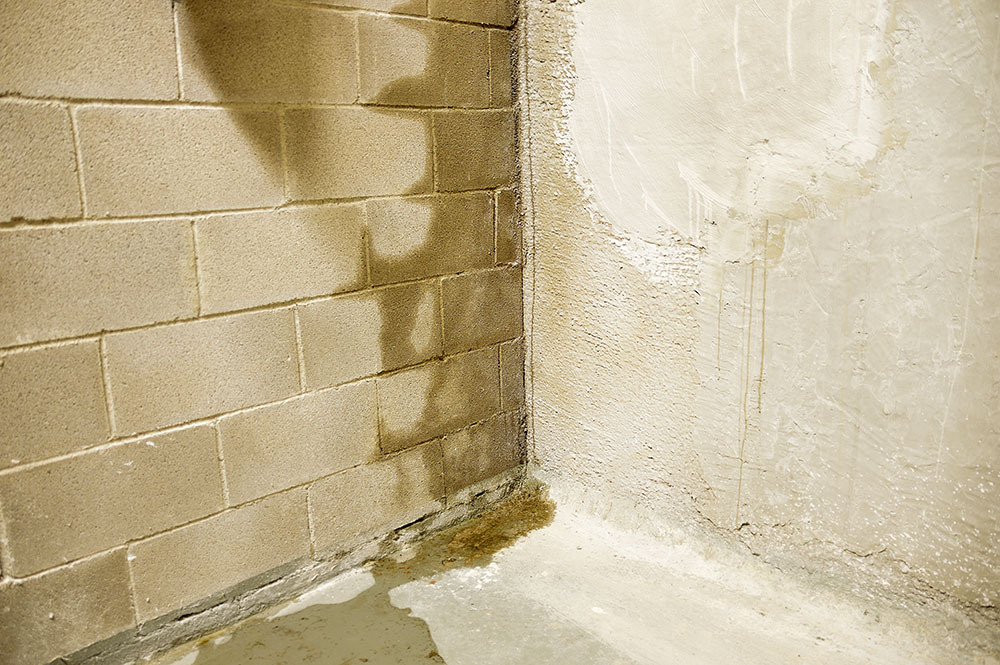
Addressing Trapped Moisture Condensation in Commercial and Industrial Buildings
Trapped moisture condensation is a common issue in commercial and industrial buildings that can lead to a host of problems if not addressed properly. This problem occurs when warm, moist air comes into contact with a cold surface, such as windows, walls, or ceilings. The moisture in the air then condenses into water droplets, causing water damage, mold growth, and deterioration of building materials.
One of the main causes of trapped moisture condensation in commercial and industrial buildings is poor ventilation. When the air inside a building is not properly ventilated, moisture can build up and become trapped, leading to condensation issues. Additionally, leaks in roofs or windows can allow water to seep into the building, further exacerbating the problem.
To prevent trapped moisture condensation in commercial and industrial buildings, proper ventilation is key. This can include the installation of exhaust fans, dehumidifiers, and proper HVAC systems to help regulate the humidity levels inside the building. Additionally, repairing any leaks or waterproofing vulnerable areas of the building can help prevent moisture from seeping in and causing condensation issues.
Regular maintenance and inspection of the building’s infrastructure is also crucial in preventing trapped moisture condensation. By addressing any issues promptly, building owners can help prevent costly repairs and health hazards associated with mold growth and water damage. Ultimately, taking proactive measures to address trapped moisture condensation can help ensure the longevity and safety of commercial and industrial buildings.
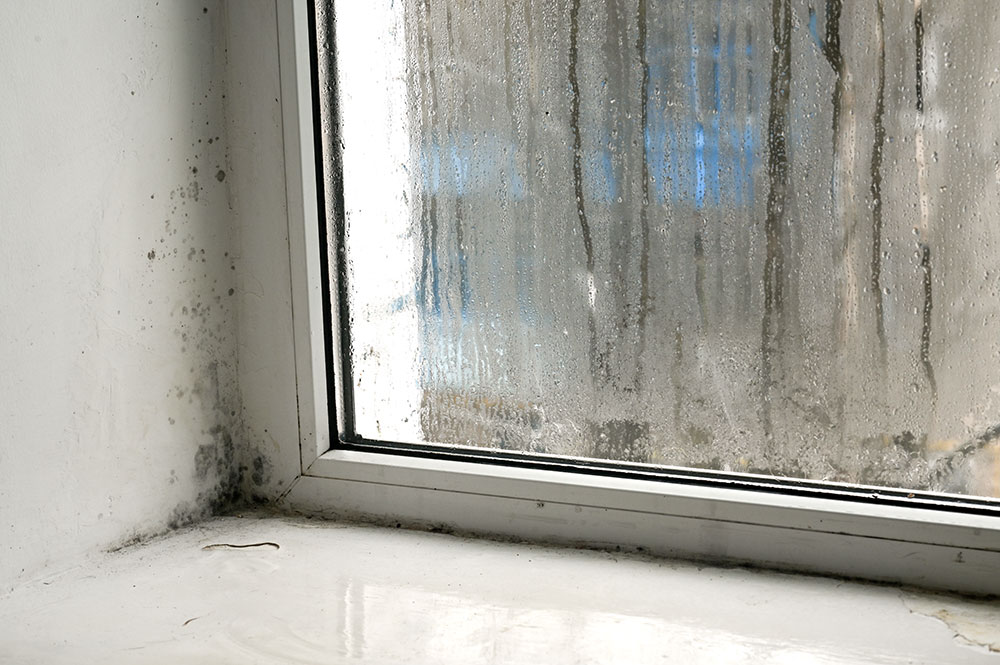
Hiring a Professional Contractor or Consultant to Address Your Building’s Water infiltration
When it comes to tackling roof water infiltration on your commercial property, entrusting the job to a professional roofing contractor or consultant is paramount. These experts possess the technical know-how and experience to conduct thorough inspections, detect hidden leaks, and recommend appropriate solutions to fortify your roof against water intrusion. By partnering with a reputable contractor, you can ensure that any underlying issues causing water infiltration are promptly identified and effectively remediated. Avoid potential headaches and safeguard your investment by enlisting the assistance of skilled professionals who can help maintain the integrity of your commercial property’s roofing system.
Hiring a building envelope consultant to evaluate for building water intrusion for walls, doors, and windows is a smart investment for any property owner or developer. Water intrusion can cause significant damage to a building over time, leading to costly repairs and potentially putting occupants at risk. A building envelope consultant specializes in identifying and addressing issues related to the exterior of a building, including water intrusion.
The consultant will conduct a thorough inspection of the building’s walls, doors, and windows to identify any potential sources of water intrusion. This may involve using specialized equipment such as infrared cameras to detect hidden moisture, or conducting water tests to simulate rain or other weather conditions. The consultant will then provide a detailed report outlining any issues found, along with recommendations for remediation.
By hiring a building envelope consultant, property owners can proactively address any potential water intrusion issues before they escalate into major problems. This can help to protect the long-term integrity of the building, as well as ensuring the safety and comfort of its occupants. Additionally, hiring a consultant can provide peace of mind that the building is well-maintained and in compliance with industry standards and regulations.
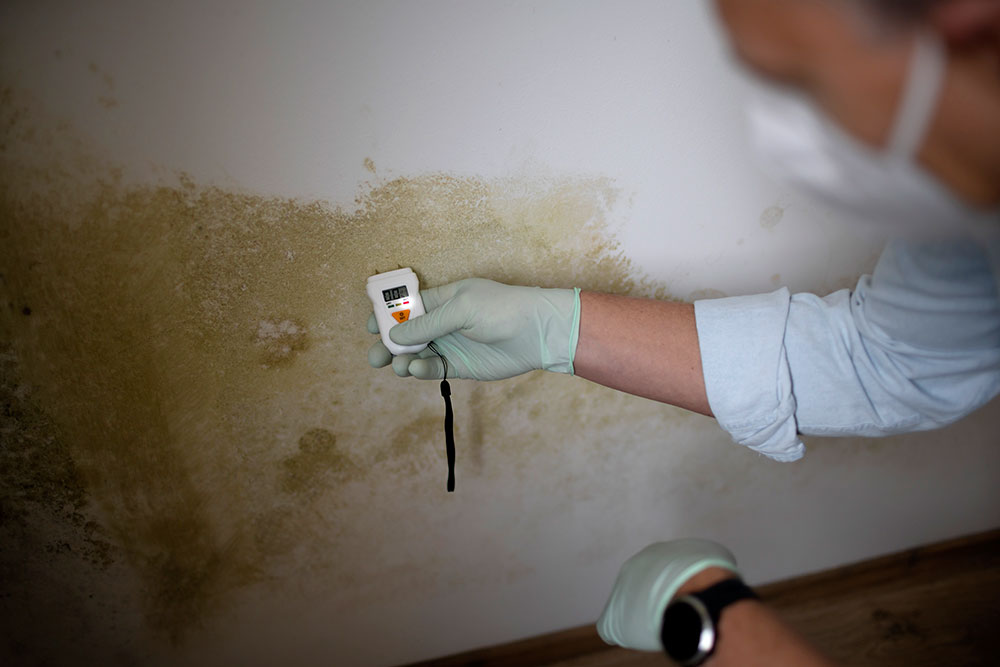
Protecting Your Commercial Property From the Impact of Water Infiltration
Safeguarding your commercial property from the detrimental effects of water infiltration is crucial for its longevity and structural integrity. By proactively addressing any leaks or vulnerabilities in your roofing system and building components, you can prevent extensive water damage, mold growth, and costly repairs in the future. Trusting the expertise of professional roofing contractors and building envelope consultants is instrumental in ensuring that potential issues are identified and resolved promptly.
Regular inspections, maintenance, and timely repairs are essential components of an effective strategy to protect your investment. Stay vigilant and prioritize the well-being of your commercial property by taking proactive measures to mitigate the risks associated with water infiltration. Your diligence today will pay off in the long run by preserving the value and functionality of your property.
Related posts
Unlocking a New Era of Infrared Inspections: RAM Infrared Adds DJI Matrice 4 Series to Its Fleet
RAM Infrared Adds DJI Matrice 4 Series to Its FleetAt RAM Infrared, we know our clients depend on us for more than just thermal imaging—they rely on us for answers. Fast, accurate, actionable insights are the backbone of everything we do. That’s why we’ve expanded our...
Aerial Drone Roofing Services: The Future of Inspections and Thermal Scans
The Future of Inspections and Thermal ScansThe roofing industry is experiencing a technological revolution with the adoption of aerial drone services. These cutting-edge tools are reshaping how inspections and maintenance are performed, offering unparalleled...
Aerial Infrared Imaging: A Cutting-Edge Solution for Roof Surveys
A Cutting-Edge Solution for Roof SurveysAs a commercial building owner or manager, ensuring the long-term health of your building's roof is crucial for protecting your investment. Traditional roof inspections, while effective, can sometimes be labor-intensive and may...


